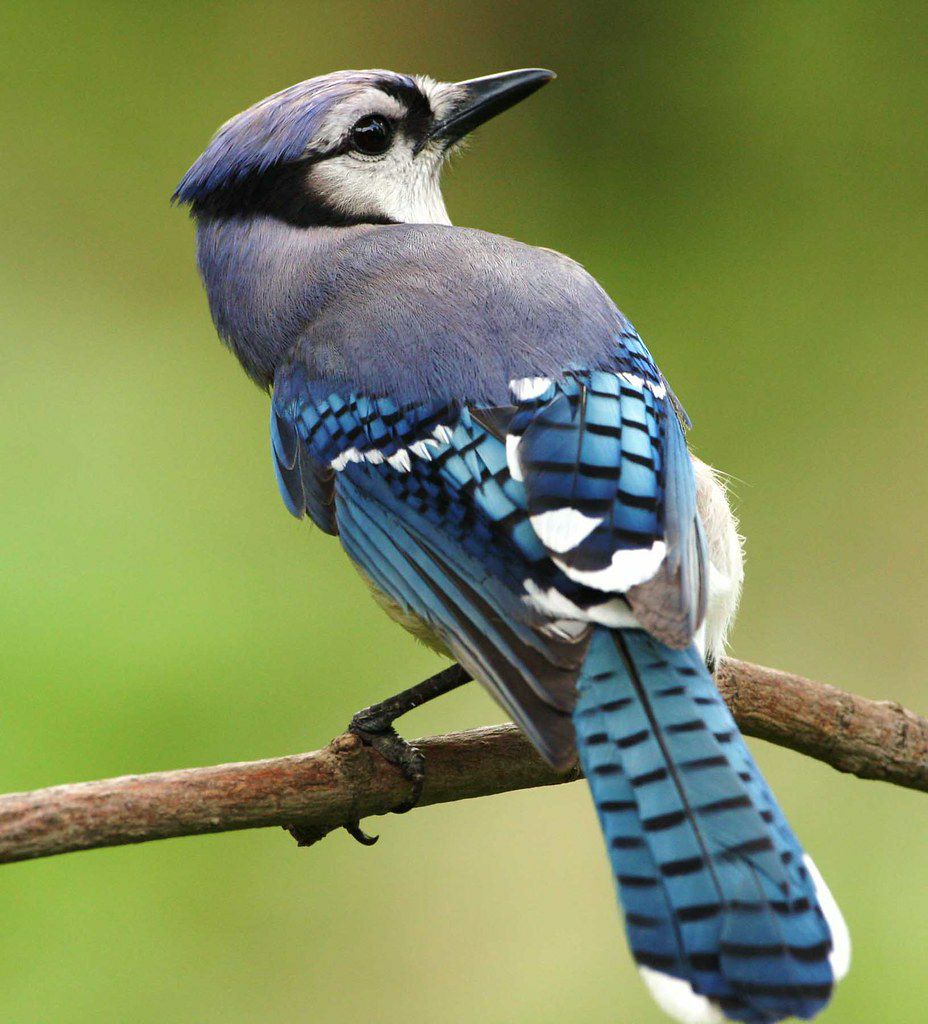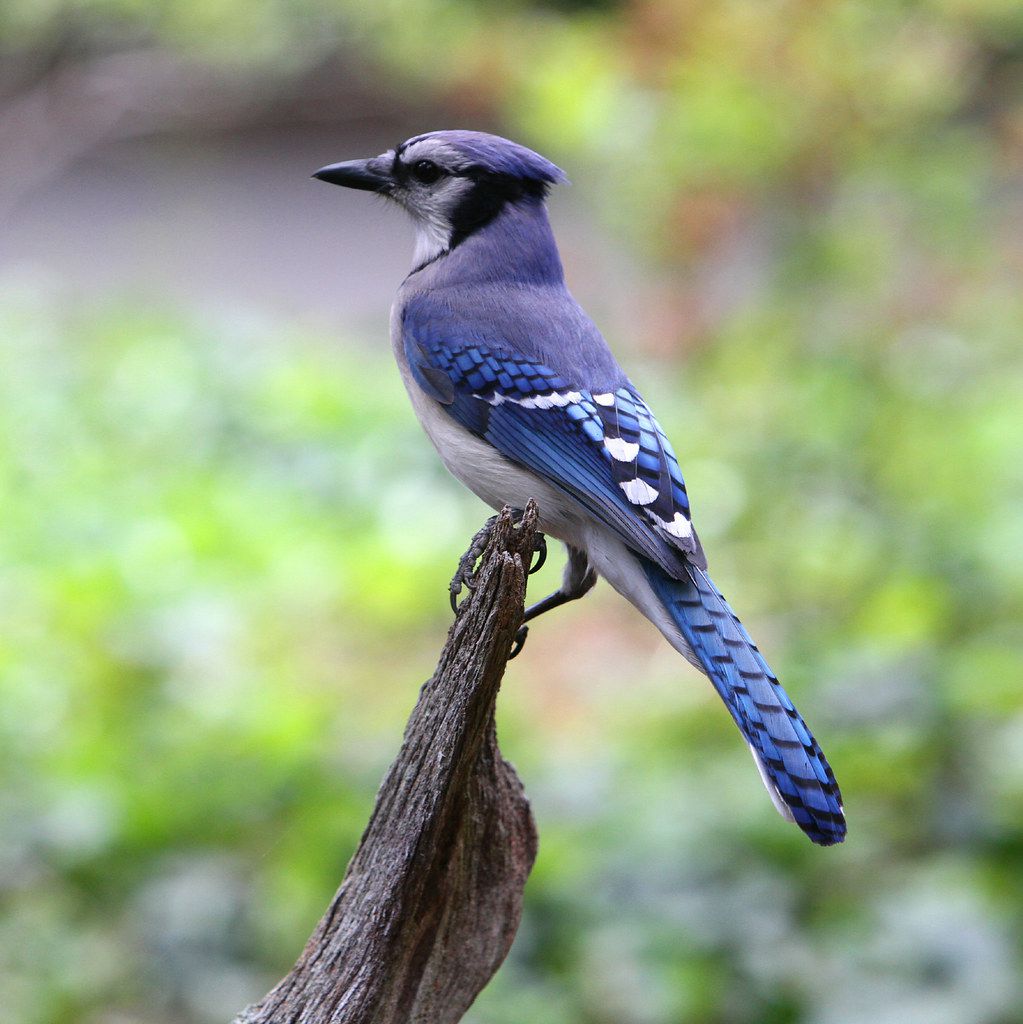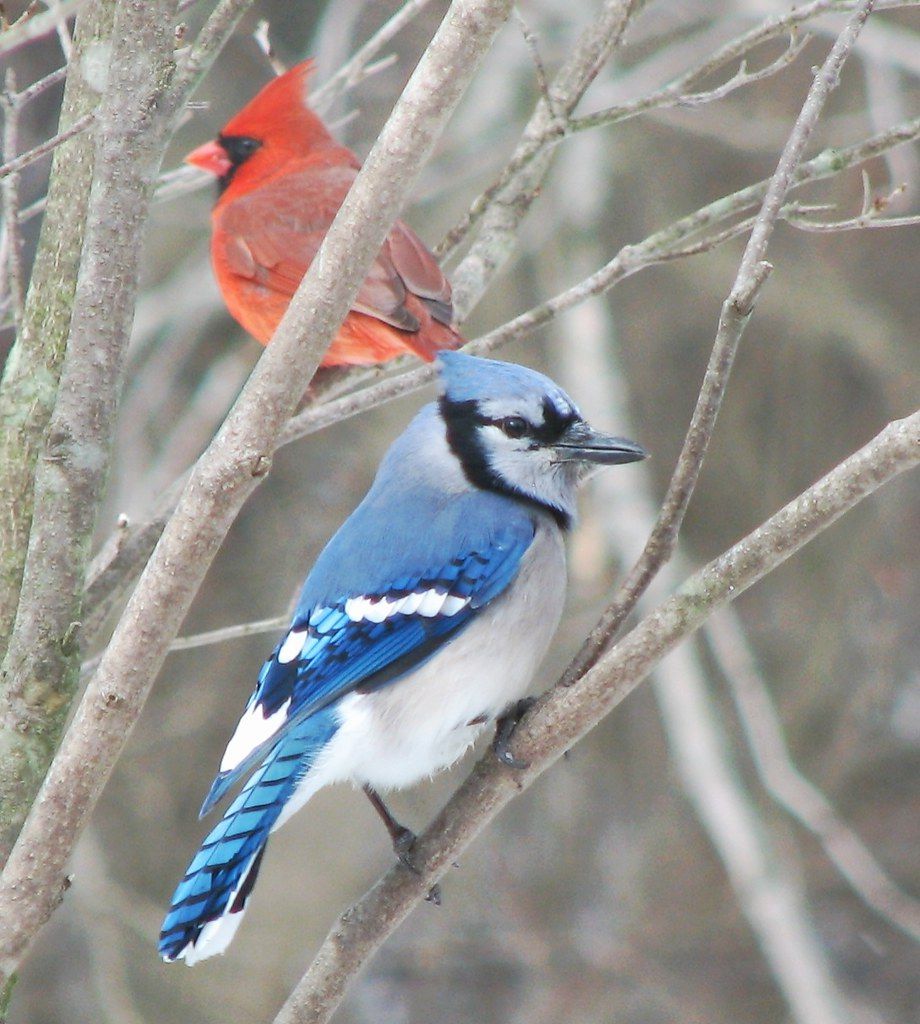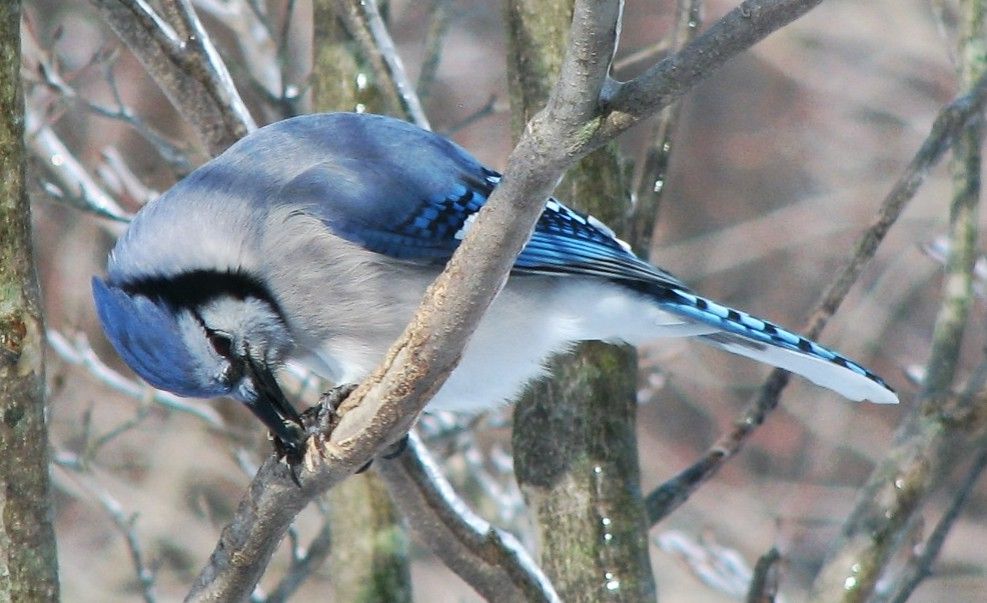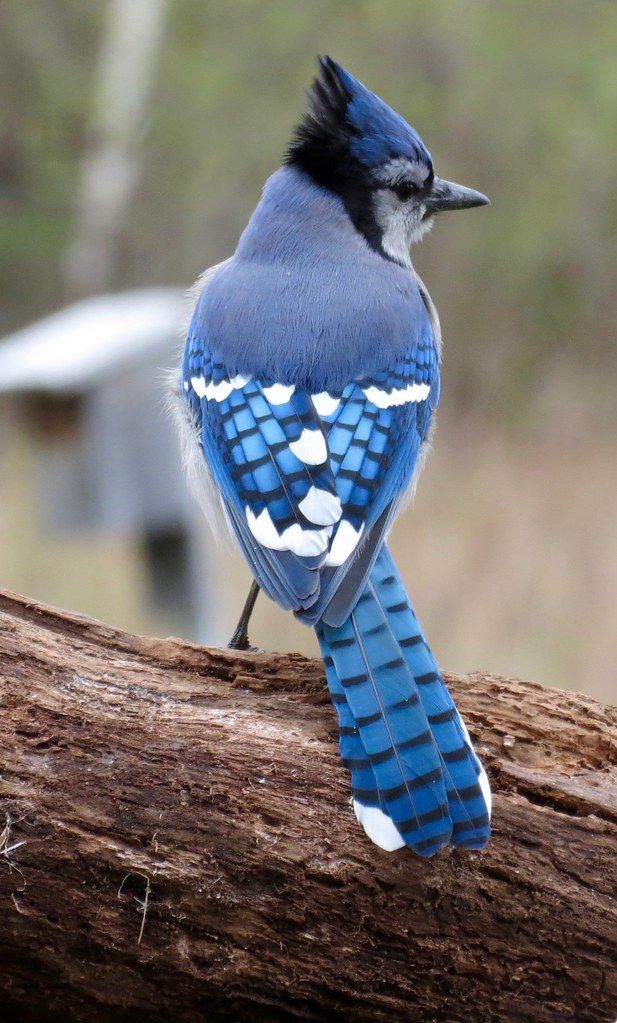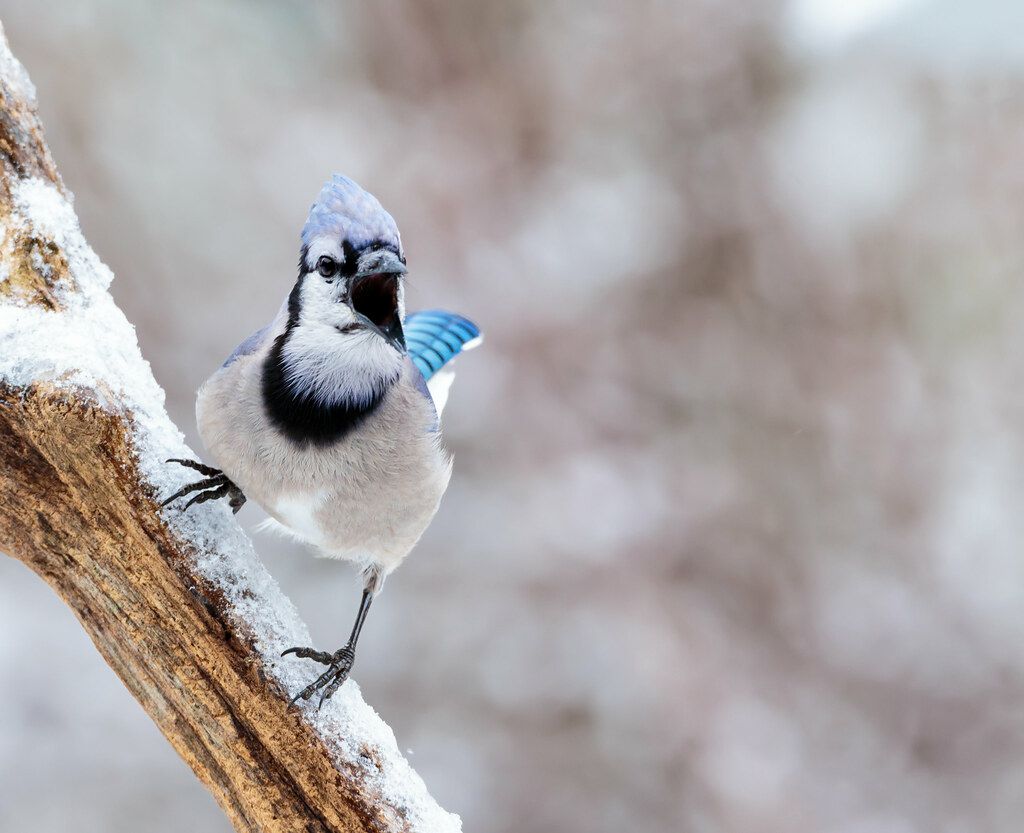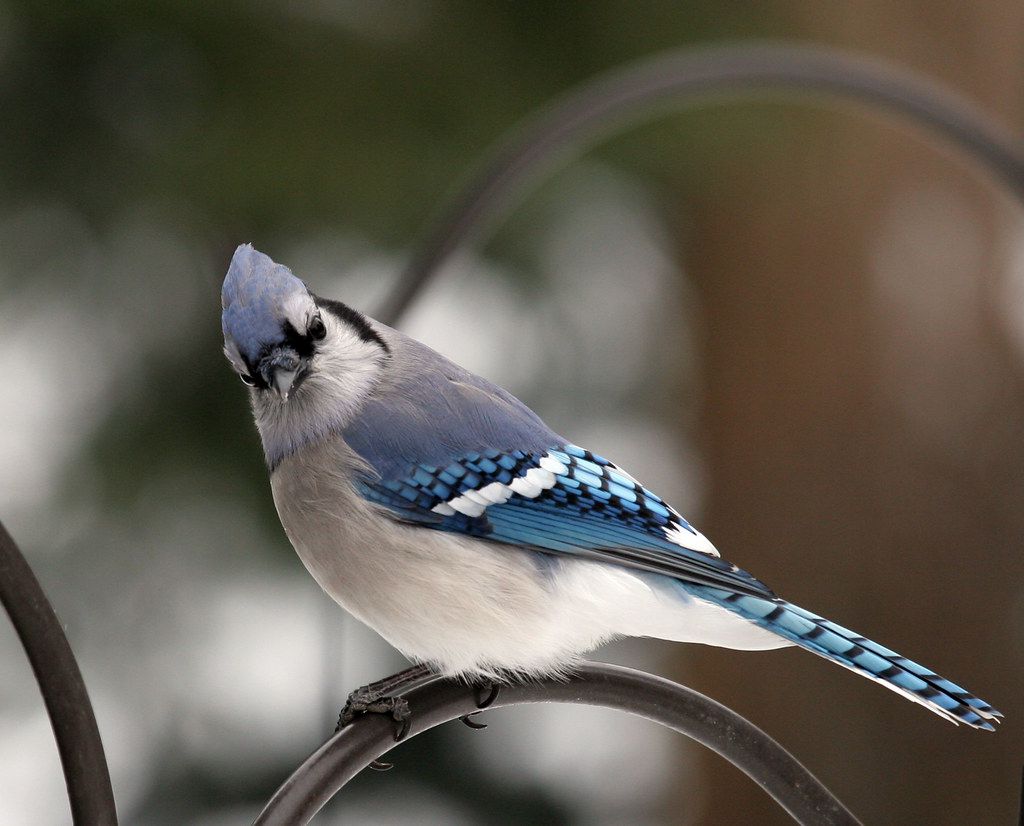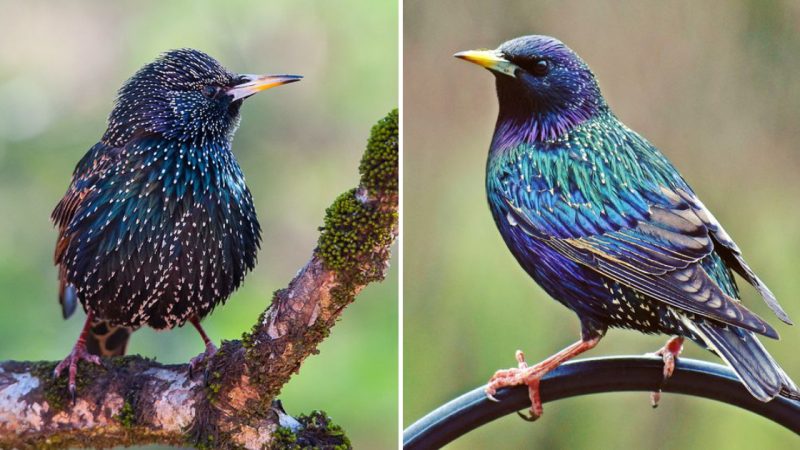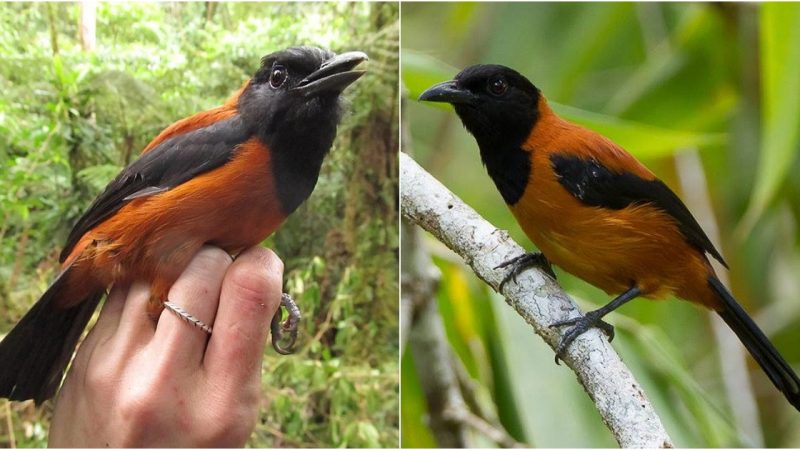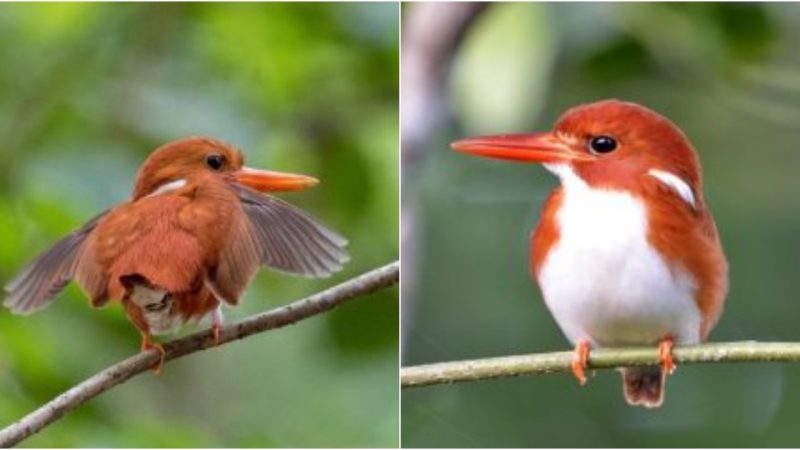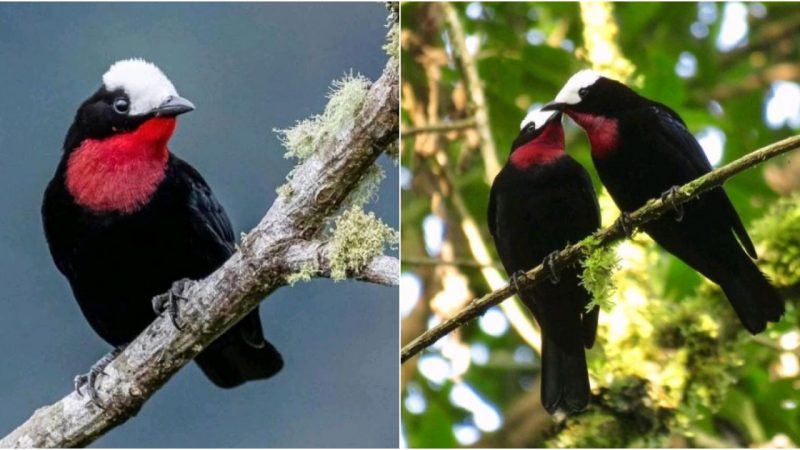Astonishing Beauty: The Year-Round Presence of the Blue Jay in North America
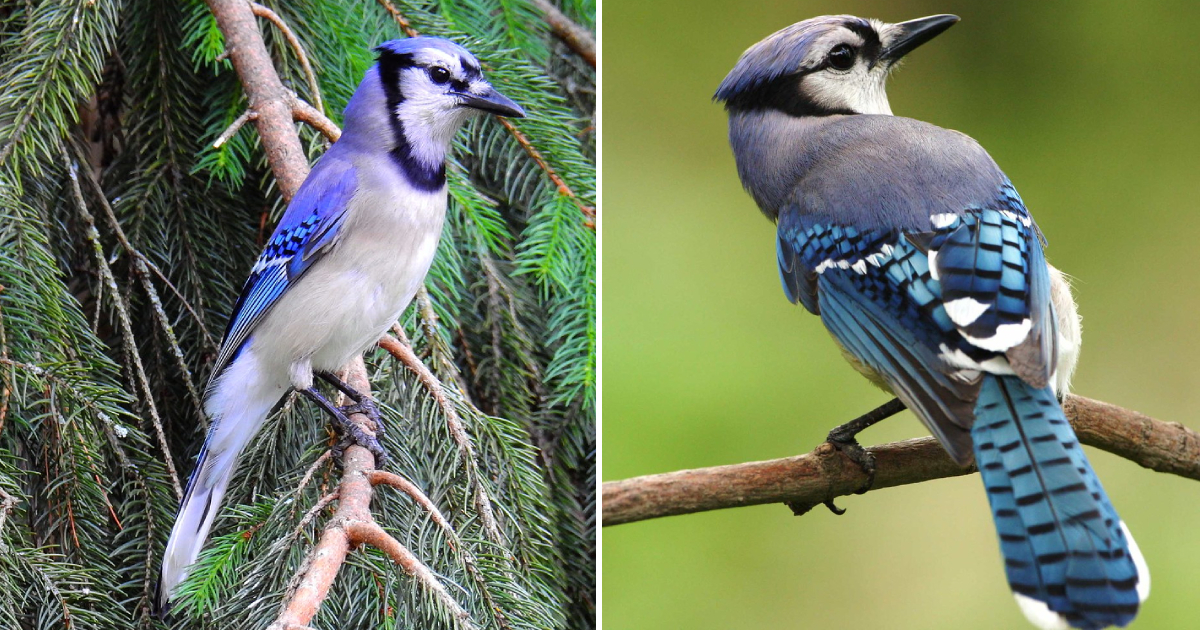
With its bright blue plumage above and pale gray underside, adorned with a fluffy crest, this bird is both recognizable and breathtaking. Known as the blue jay (Cyanocitta cristata), it is a small, colorful bird native to North America.

These birds showcase predominantly blue feathers, complemented by a white chest and underparts, and a striking blue crest. They also sport a black, U-shaped collar around their necks and a black border behind their crests.
Males and females of the blue jay species share similar plumage, which remains constant throughout the year. They inhabit various parts of the eastern and central United States, with certain populations undertaking migratory journeys. While resident groups are found in Newfoundland, Canada, breeding populations can be observed in select regions of southern Canada.
Blue jays thrive in a diverse range of habitats across their extensive range. From the pine forests of Florida to the spruce-fir woodlands of northern Ontario, these birds adapt to their surroundings. They are less abundant in densely forested areas, showing a preference for mixed woodlands featuring oak and beech trees.
Ideally, they inhabit forested areas with ample trees, but not an overwhelming density. They commonly reside in mixed woodland forests where beech and oak trees abound. Moreover, urban areas can also serve as suitable habitats, as long as parks and gardens provide sufficient nesting trees.
As omnivores, blue jays have a varied diet, consuming both plant and animal matter. Their food sources include acorns, nuts, weed seeds, grains, fruits, berries, bread, meat, small invertebrates of various types, scraps in urban parks, bird feed, and occasionally eggs and nestlings.
These birds form monogamous pair bonds that last a lifetime. The breeding season typically begins in mid-March, reaching its peak from mid-April to May and extending into July. Blue jays are not particularly selective about nesting locations. If suitable trees or large bushes are unavailable, they will even utilize unconventional spots like oversized mailboxes or occupy nests built by other mid-sized songbirds, as long as the locations are appropriate. Their cup-shaped nests are constructed using twigs, small roots, strips of bark, moss, and other plant-based materials. Occasionally, nests may contain cloth, paper, feathers, and even mud. Both the male and female contribute to nest-building and raising the young, although only the female incubates the eggs. The male assists the female by providing food during this period. Typically, between 3 and 6 eggs are laid within the nest and incubated for approximately 16-18 days.
The young blue jays usually fledge around 17-21 days after hatching and may remain with their parents for one to two months.
According to the IUCN Red List, blue jays are categorized as a species of Least Concern, indicating that they are not currently facing significant conservation threats.
